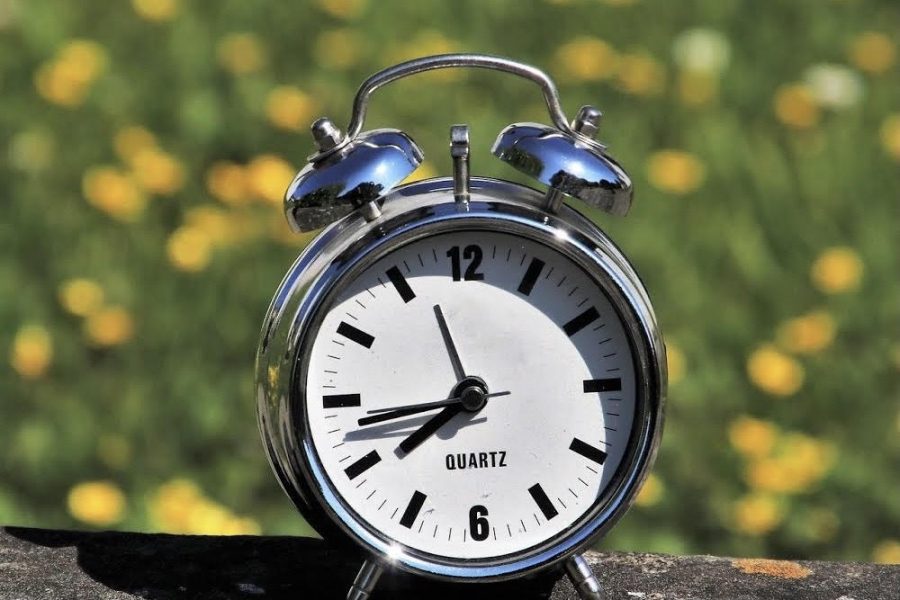Is Daylight Savings Worth It?
Daylight Savings Time, started in 1895, seems to only still exist as a tradition, rather than as a practical use.
Since 1895, Daylight Savings Time has been used as a way to extend daylight later into summers evening and prevent sunrise from being too early in the morning by turning our clocks forward an hour. It was very beneficial due to it being practical for the technology at the time. People didn’t have easily accessible flashlights on their phones or any way to get around in the late evening when it was dark out, which is why this idea was proposed. However, with technology being far more advanced than it previously was and things like street lights being vastly more effective and common, we’re left with a very commonly asked question: why is Daylight Savings Time still around today?
First things first, a common argument for Daylight Savings Time still existing is that farmers require more daylight than someone who lives in a city, as a result of it being harder to perform their job in the dark during the evenings. Even though this is true, farmers can simply wake up earlier during summer compared to someone who’s living in the city; it’s a very simple solution and since farmers work their own schedule, getting rid of DST isn’t necessarily going against them much. There’s no need to change the entire time-zone by an hour just for a specific group of people who it benefits.
Second, a lot of people say that it’s beneficial to keep switching from Daylight Savings Time because it allows us to have lighter mornings in winter. However, if more daylight keeps us efficient, there’s no reason not to just keep DST constantly rather than changing it back during winter. Sure, it may be easier for it to be brighter outside during winter mornings rather than having to wait until 9 a.m. for the sun to rise, but by now we aren’t using oil lanterns to look around when it’s dark out. We’ve had enough advances in technology to be able to just pick whichever time benefits us the most without swapping around. Keeping DST year-round would also allow the sunset during winter to be an hour later than before, so it would still have benefits if we kept it all the time as opposed to just for spring, fall and summer.
On top of what I previously stated, research shows that there’s an overall increase in fatal car crashes by six percent every year that we end up changing our clocks. Human sleep schedules aren’t able to adjust very quickly, and it can end up doing more harm than good. Choosing to get rid of Daylight Savings Time (or choosing to keep it all the time) is more than just a convenient decision to make life easier; it’s a matter of saving lives. Sleep deprivation isn’t something to be taken lightly, especially when it’s a concern on the road.
Overall, there are very few practical reasons to keep DST year-round. The only people it helps are farmers, and they can simply keep the benefits by waking up at an earlier time. Rotating DST based on seasons was a good idea when it was first introduced, but at this point, it has become too much of a burden to maintain just for the sake of tradition.
Your donation will support the student journalists of Omaha Westside High School. Your contribution will allow us to purchase equipment and cover our annual website hosting costs.
Hi, my name is Jack Eikenbary! I'm a staff writer for Westside Wired this year. I'm a freshman and this is my first year on Wired. If you have any questions...

















